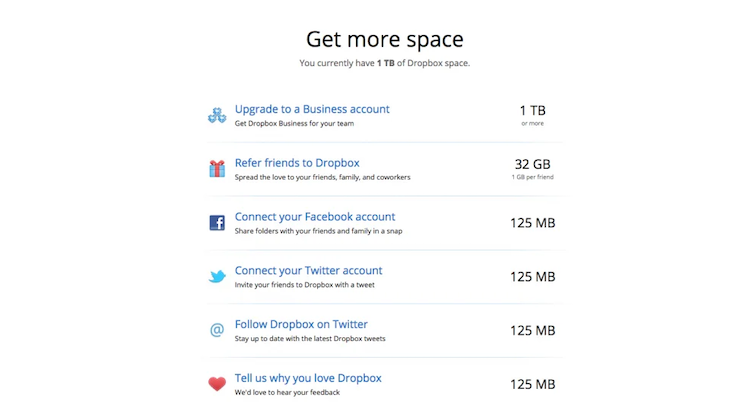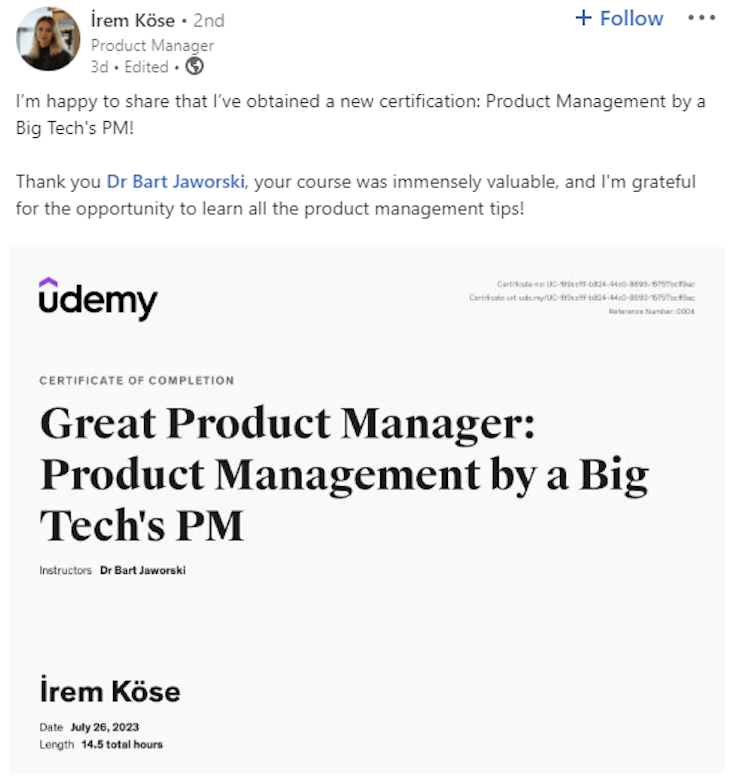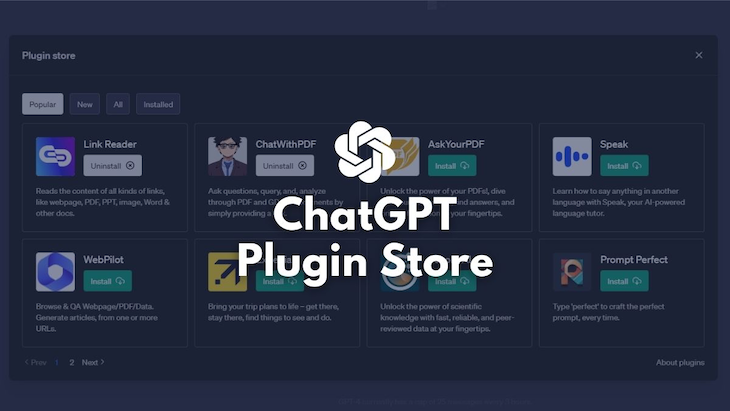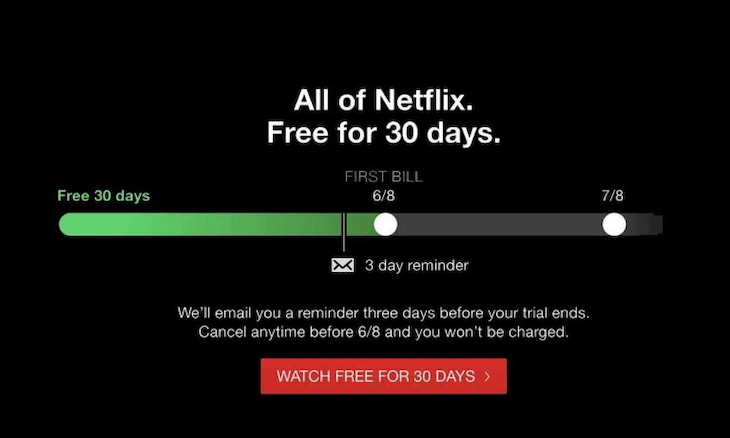Success in the product area requires a very complex mix of ingredients. You can identify a great problem to solve and offer a unique and affordable solution, however, being good, or even great, is not enough.

You still need to reach your users and convince them that your product is the right solution to the challenge they’re facing. Of course, you can take the classic approach: invest in advertisements and a sales team and give them time to do their thing.
Keep in mind though that time is money and every dollar not earned is a dollar lost. To help mitigate this risk, the modern field of product growth and a need for innovation and out-of-the-box solutions emerged. After all, everyone wants to reach their potential clients quickly, cheaply, and effectively.
Given the outlandish format of these practices, PMs coined the term “growth hacking.”
In this article, you will learn what growth hacking is, the popular strategies, and how you can contribute as a product manager.
Growth hacking refers to marketing strategies focused primarily on the growth of a specific product. These strategies often require testing across multiple marketing platforms or growth-oriented product features that resonate with potential clients way better than a direct, “down your throat” advertisement. In other words, it’s any strategy that lands you new users in a cost-efficient way.
Growth hacking is usually used by startups that need to achieve rapid growth with limited resources. Thus, a growth hacker is someone who uses creative, low-cost strategies to help businesses acquire and retain customers. Growth hackers aren’t just marketers, but also product managers, engineers, or anyone involved in the product or service.
With growth hacking, you focus on hypothesizing, prioritizing, testing, analyzing, and scaling growth strategies. In the later part of the article, I will look more at product management growth hackers, which are called simply “growth product managers.” Before that though, let’s look at different ways such growth hacking could be achieved.
While probably not a complete list, here are the eight top growth strategies you can employ in your products and marketing strategies. However, the honest truth here is that these were growth “hacks” only when they were used the first few times. Nowadays they won’t be as effective as users will recognize them for what they truly are and won’t react so effectively.
Real “hacks” will always be unique and surprising. Even so, it’s worth knowing what used to be considered a hack to educate and inspire your future strategies:
A referral program incentivizes existing users to invite new users to join the product or service, usually by offering some kind of reward or benefit. For example, Dropbox offered users 250MB of extra storage space for every friend they invited to sign up for their cloud storage service.
This helped them grow their user base exponentially, as each user became a source of new referrals. I clearly remember this one, as I have “achieved” all of Dropbox’s quests to grow my account to a whopping 10GP of free cloud storage space:

This strategy is something that can easily be owned by a PM and will require close cooperation with the marketing department to make sure such “freebies” are supported by the right budget. Employing a referral program can mean a gigantic rise in the number of monthly active users, but if those users won’t convert into paying customers, they may only be a burden.
For example, in the eight plus years I owned a Dropbox account, I only paid for one or two months of extended service. I’m sure my lifetime value as a Dropbox user is negative.
This strategy relies on satisfied customers to spread the word about the product or service to their friends, family, colleagues, or other networks. For example, Slack relied on word of mouth to grow its user base, especially among developers and engineers who appreciated their workplace chat platform. They also used a freemium model that allowed users to try out the platform for free and then upgrade for more features.
With this strategy, it’s unfortunately a little like saying, “Create a Product so good that users will want to use and advertise it for you”. At the same time, you can use the product itself to “force” the network effect. However, if the product is not good enough to push positive word of mouth, the potential traffic will be lost.
In one of the products I worked for, the product department willingly held back any marketing spend, knowing well that what we prepared wasn’t good enough to convert into a product one would like to keep. Thus, we didn’t invest a single dollar in ads until the product’s conversion rate was up to par.
As a personal example, a lot of the students in my Product Management course enrolled based on positive feedback from their peers or students and by seeing course completion certificates on their LinkedIn wall:

Viral content requires you to create a picture, video, or post that is so entertaining, informative, or surprising that it gets shared widely on social media. For example, Dollar Shave Club created a humorous and catchy video that showcased its value proposition of delivering quality razors for a low price. The video went viral and generated millions of views and thousands of customers for the company.
Of course, it’s hard to pull off a viral piece, as there isn’t an exact formula to do it. However, it is still possible to aim for such an effect. An example here would be the promotion of the Samsung Galaxy phone at the Oscars in 2014. The famous celebrity selfie wasn’t a spontaneous decision made by Ellen DeGeneres, but a carefully planned marketing promotion to present the Korean phone manufacturer as a great alternative to the iPhone:

With platform integration, you integrate the product or service with an existing platform that has a large and relevant user base. For example, Airbnb allowed users to cross-post their listings on Craigslist, which was a popular platform for finding accommodation. This helped them reach a larger audience and drive more traffic to their website.
My first start-up, Idibu, managed to make a jump from a small company to a seven figure one based on the integrations it had with different partners, effectively increasing our potential market and “virtually” extending the sales team. A similar marketplace opportunity popped up recently with the plugin space for the fastest-ever growing product, ChatGPT:

This strategy involves creating and distributing valuable and educational content that attracts and converts leads. For example, HubSpot created a blog, a podcast, an academy, and various ebooks and guides that taught people how to do inbound marketing. This helped them establish themselves as an authority in the field and generate leads for their software products.
However, a more interesting form of that, in my opinion, is something called “reactive marketing,” where you generate content that’s highly up-to-date with current events. My favorite occurrence of that would be Polish bank Mbank reacting to its accidental sending of a series of three character test notifications to all its customers.
Rather than corporate-style apologies, the bank turned it all into a joke that drove a lot of media attention. This was such a successful self-promotion that other Polish apps started sending INTENTIONAL character test push notifications that were aimed at generating sales and attention:

Other examples include the Oreo tweet during the 2013 Super Bowl blackout that said “You can still dunk in the dark” that showed an image of an Oreo cookie in a dark room or Burger King’s tweet during the 2019 UK general election that said, “Dear people of Scotland. We’re selling milkshakes all weekend. Have fun Love BK #justsaying.”
In the free trial model, you offer users a free trial of the product or service for a limited time, usually to convert them into paying customers afterward. For example, Netflix offered users a free month of streaming service to hook them on their content.
This helped them reduce the friction of signing up and increase the retention rate of their subscribers. It’s obviously a lot of work for a product manager to make sure that the product’s value is highlighted during the trial and that it’s not possible to run indefinitely on the free version:

Recently, hiring celebrities or social media influencers who have a large and loyal following to promote the product or service has become popular. You can see that clearly on almost any Mr. Beast video, who is the most popular YouTuber on the planet. However, even for me, with my modest 66,000 followers on LinkedIn, I had a glimpse of it and was offered relatively lucrative contracts to promote certain products.
This uncovered an interesting observation that while the offer looks super beneficial for the influencer, the actual cost per click or impression from such a person is 10, or even 100x times cheaper than promoting the product using Google Ads or Facebook marketing. On top of that, you skip a painfully expensive ads triangulation period, as you can choose an influencer that already garnered people potentially interested in your product:

This last strategy involves using elements of fun, competition, and rewards to motivate users to engage with the product or service. For example, Duolingo used gamification to make learning languages more enjoyable and effective. They used features like levels, badges, streaks, leaderboards, and quizzes to encourage users to practice regularly and progress in their learning.
This method is not acquisition based, but directed towards creating usage habits in its users and thus, extending their lifetime value (LTV) and potentially fueling the growth with the existing user base or with smaller investments into obtaining new users:

Now that you learned about various growth hacking strategies, let’s take a quick look at a PM’s role in this scheme.
I’ll be honest with you, I’m a big adversary to the supposed subcategory of PMs called “growth product managers.” The title implies that there are product managers that are not interested in product growth. While this is true on some level (i.e., technical product managers), I would say that every “generalist” product manager is a growth product manager.
My definition of a PM states that it’s a role dedicated to finding the most value, at the lowest cost and risk and that would perfectly apply to growth and more precisely, growth marketing. Of course, different product managers will be positioned differently in different companies, with some of them closer and some further from traditional marketing.
However, securing growth as a PM, is as much about creating the right feature set (and thus keeping the users that will start using the product) as supporting, and sometimes running the marketing of the product to make the desirable parts of it visible to the potential leads.
Moreover, it’s up to a product manager to decide whether gamification would be a good fit for the product and how to implement it in a way that makes sense. I used to work for a product, where an MVP gamification was introduced. Despite immense improvement in key metrics, the initiative never found major support with stakeholders, didn’t offer users anything back for the gamified activities (other than an occasional pat on the back), and was ultimately removed.
In another company I worked in, the marketing played around with certain stereotypes connected to our car-selling industry and meme ads that riffed on those tropes were extremely successful. Those memes were then adapted as part of product imagery and language to follow the successful marketing push.
Funny enough, after writing this article, I think that the whole term “growth hacking” is no longer applicable. In fact, it’s hard to tell the difference between a hack and what would be considered a modern growth STRATEGY.
The techniques I presented have been tried and tested by thousands of products. You can no longer consider them secret, under-the-table, ways to grow your product, but a known strategy to reach your growth goals.
Let me leave you with this final personal example of how important the right growth strategy is. As a content creator on LinkedIn, I know firsthand that written posts are a secondary factor to whether a follower will leave a like, comment, or repost. The key here is the right picture of a video, ideally one that is quite funny, easy to understand, and closely connected to the actual product knowledge I wish to share.
I have seen dozens of times that similar post topics would go viral or be forgotten only based on the picture I have chosen as an illustration. In fact, I started hunting for funny images that could be connected to valuable product insights rather than doing this the other way around.
It’s up to you to choose and test the growth strategy that will work for your product. However, remember to always maintain a great product and user focus and only then push for growth.
Featured image source: IconScout

LogRocket identifies friction points in the user experience so you can make informed decisions about product and design changes that must happen to hit your goals.
With LogRocket, you can understand the scope of the issues affecting your product and prioritize the changes that need to be made. LogRocket simplifies workflows by allowing Engineering, Product, UX, and Design teams to work from the same data as you, eliminating any confusion about what needs to be done.
Get your teams on the same page — try LogRocket today.

Promotions depend on proof. This guide shows PMs how to capture wins, feedback, and impact before review season.

Most teams fail at autonomy. Learn how clear rules help product teams move faster without micromanagement.

A practical framework for PMs to use AI in ideation without sacrificing judgment, strategy, or decision quality.

A practical five minute revenue estimation method to help product managers compare ideas, drop low impact features, and prioritize smarter.